
The 1988 massacre of 30,000 political prisoners, most of whom were affiliated with the main Iranian opposition movement, The People’s Mujahedin of Iran (PMOI / MEK Iran).
Eyewitness Parvin Pouregbal
Hello to all. My name is Parvin Pouregbal. I am one of the survivors of the 1988 massacre. I was a 15-year-old student when I was arrested in 1981. My only charge was supporting the Mojahedin-e-Khalq, MEK in school, distributing leaflets, and selling the MEK weekly publication. I was transferred to Evin Prison.
I was freed after a year and a half. But in 1986 I was arrested again because I wanted to join the National Liberation Army. In total, I spent six years in Evin Prison. I was released in 1991. During the massacre, I was being held at Hall #2 of Evin Prison. During the massacre, when 30,000 political prisoners, 95% of whom were women and men of the MEK. Of course, I have to say all of the female political prisoners who were executed in the 1988 massacre were all affiliated with the MEK.
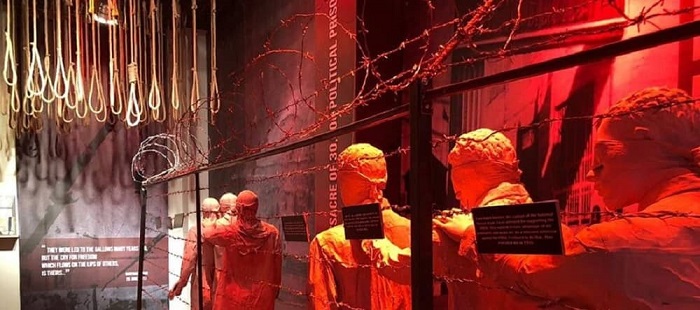
If I were to give a brief summary of that time, in July 1988, the executions began. At the time, we had no way of communicating with the outside. The only communication was visiting, which occurred every month or biweekly. There were no telephones, so we couldn’t communicate with families through the telephone.
We could only communicate through visits. But in July, all visits were banned. All the prison doors were closed and there was no traffic to the outside. Even the television sets were taken away from all the cells. So, all communication with the outside was cut off. Every day they would call prisoners from the wards and take them away.
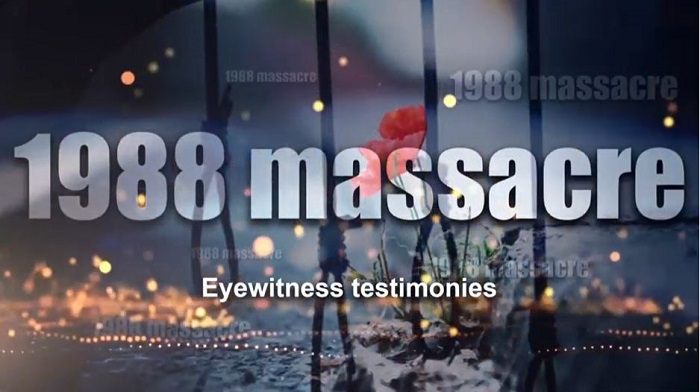
We noticed that none of them were coming back. We had no idea what’s going on. I also have to say that everyone that at the time was in our ward and was taken away for the massacre all had explicit prison sentences. Many of them were people who had survived the 1981 hangings. Many people were executed in 1981 and 1982.
They had received sentences. Many had survived tortures of “Vahid Maskouni” or “residential unit”. They had survived physical torture and had signs of torture on their bodies, like Azadeh Tabib and Ashraf Fadayi. They had spent 6 or seven years in prison by that time. Some had completed their sentences. For example, Farahnaz Zarfchi and Mojgan Sorbi. Farahnaz Zarfchi didn’t even have a sentence anymore. Mojgan Sorbi had completed her sentence. Ashraf Fadayi had finished her sentence in 1988. Her family was waiting to see their daughter freed after seven years.
They took me on August 4, 1988, for the Death Committee. When they called us in it was in the afternoon of August 4. We were several prisoners. When they took us to Ward 209, there was a room full of folders and cigarette smoke. There were several people sitting behind the desk.
We recognized Raisi, Reyshahri, Eshraqi, Pourmohammadi, Zamani, the Intelligence Ministry spokesman. They only wanted us to abandon our beliefs and call the MEK whatever they wanted us to call them. In principle, they wanted the prisoner to surrender. Anyone who did not surrender and did not do what they wanted was executed.
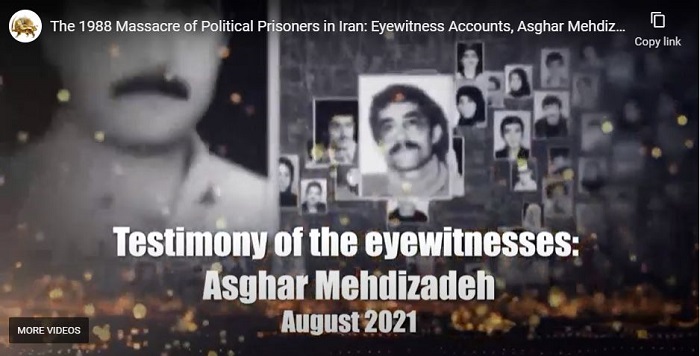
Of course, at the time, we did not know this. We only saw the comings and goings, to the extent that I saw it during the time I was outside the courtroom. Then, they took us to solitary confinement and then to “Darbasteh.” When they returned to the ward, of course, they took us to “Darbasteh” and solitary confinement.
Then, after two months, in October or November time frame, when the first person, the family of Azadeh Tabib, came to see their other daughter, the daughter said that Azadeh has been executed and they gave them the duffel bag. That was when we found out that all of the friends were executed, so whoever was missing was executed.
At the time, in the women’s ward, as far as I could witness, discounting the solitary confinement and “Darbasteh” cells which we had no information about, there were 3 halls, hall #1 on the floor below all of the women were executed, no survivors; Hall #3 which was the ward above us, all of the MEK members were executed.
A number of non-religious prisoners survived. In our ward, two rooms were completely emptied. Each room contained 25-30 people. Two of them were completely emptied. They took a lot of people from other rooms. I can’t give exact statistics but I knew that a ward and a hall were completely emptied. In another hall, half of the prisoners were taken away to be executed. And in our ward, at least two rooms were completely emptied and all executed. In other rooms, for example, half were taken away, or a number of them were taken away.
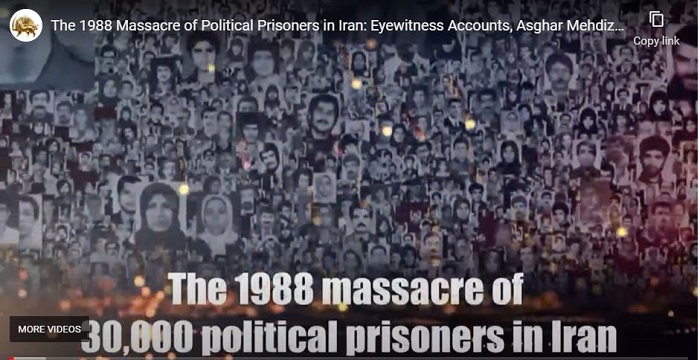
The prisoners who were there included arrested minors, students, university students, housewives with kids, mothers, husbands, and wives who were executed together. They were all people who chose to commit to the ideal of freedom. When in the kangaroo courts, henchman Raisi, who has become the regime’s president, offered them to surrender, the prisoners refused to surrender.
They declared a historic and loud ‘no’ to the henchman and sacrificed their lives for the ideal of freedom. This path is continuing by younger generations. We, the MEK, and the young people of Iran will continue this path until the regime is overthrown.
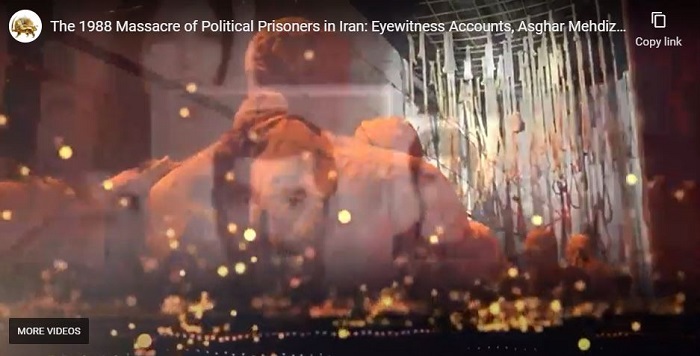
Hamid Noury, or Hamid Abbasi, who was an assistant deputy prosecutor at the time in Evin and Gohardasht prisons, is now on trial. He is, of course, a minor henchman in the regime who was involved in the crimes and massacre of political prisoners. Of course, this is a very important event. But the international community must break its silence with regards to this crime against humanity, the mass murder of 1988, where more than 30,000 female and male political prisoners were hanged.
The leaders of the regime, including Raisi, must be put on trial so that the truth can be known. The regime is currently trying and has made all efforts, to erase all traces of the crime. It has destroyed mass graves in various cities, like Ahvaz and Tabriz, and it has built roads and buildings on top, in order to eradicate the evidence. We, of course, will not let it do this, and it cannot get away from accountability and justice.
MEK Iran (follow us on Twitter and Facebook)
and People’s Mojahedin Organization of Iran – MEK IRAN – YouTube







